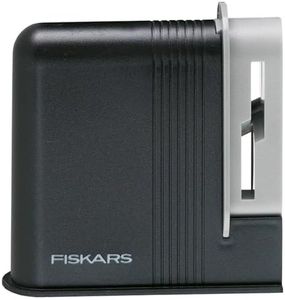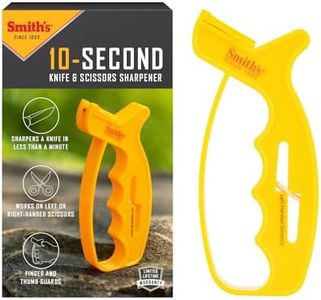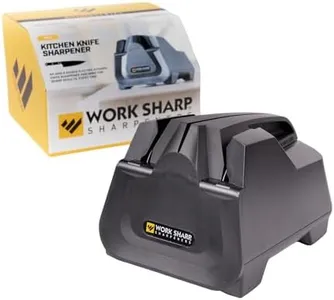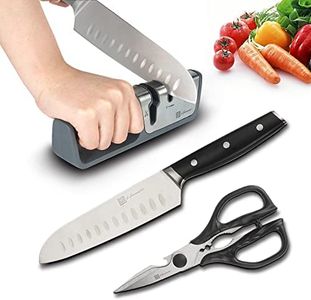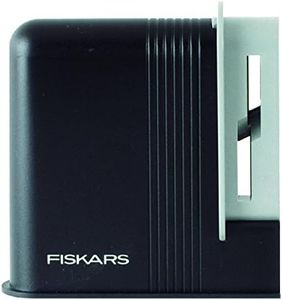We Use CookiesWe use cookies to enhance the security, performance,
functionality and for analytical and promotional activities. By continuing to browse this site you
are agreeing to our privacy policy
10 Best Scissor Sharpeners
From leading brands and best sellers available on the web.Buying Guide for the Best Scissor Sharpeners
Selecting a scissor sharpener is all about finding the right fit for your types of scissors, how often you use them, and how comfortable you are with sharpening tools. Before buying, think about what kind of scissors you have—kitchen, fabric, hairdressing, or regular household use—and how keen you are on maintaining them yourself. The best sharpener should be easy to use, safe, compatible with your scissors, and able to restore a sharp, clean edge without risk of damage. Consider your sharpening frequency, your hand strength, and whether you want a manual or more automated device. Remember, a good fit makes upkeep easy and prolongs your scissors’ life.Type of SharpenerScissor sharpeners can be manual or electric, and their design influences the sharpening process. Manual sharpeners usually consist of handheld tools or clamp-on devices that let you control the sharpening, making them good for those who like hands-on approaches. Electric sharpeners are faster and require less effort, but you need to make sure they’re compatible with the size and type of your scissors. Think about your confidence with tools and how much work you’re willing to do—manual versions are simple and often more affordable, while electric models are quick and consistent for frequent use.
Sharpening AngleThe sharpening angle is the slope at which the sharpener grinds the edge of the scissor blade. This is important because different scissors require different angles: fabric scissors often use a sharper angle than kitchen or basic household scissors. Some sharpeners have fixed angles, while others are adjustable. If you use different types of scissors, adjustable angles or multi-angle sharpeners offer more flexibility. If you mainly use one type, like kitchen shears, a fixed-angle sharpener matched to those blades is sufficient and easier to manage.
Compatibility with Scissor TypesNot all sharpeners work on every kind of scissor. Specialty scissors like pinking shears, left-handed scissors, or serrated blades need specific sharpeners. Check if the sharpener is suitable for the type and size of scissors you use most frequently. If you own a variety, look for a versatile model designed to handle multiple blade types; otherwise, a specialized sharpener matched to your primary scissors is the right choice.
Ease of Use and Safety FeaturesUser-friendliness and safety are vital, especially if you’re new to sharpening tools or have limited hand strength. Look for sharpeners with non-slip grips, clear instructions, and guard features that keep your hands away from the blades. Simple mechanisms are often better for beginners, while more advanced users might appreciate additional control and adjustability. Your comfort level and how often you plan to use the sharpener should guide your choice here.
Durability and MaintenanceA sharpener’s build quality and material influence how long it lasts and how much care it needs. Sharpeners with sturdy, high-quality abrasives like tungsten carbide, ceramic, or diamond coatings usually last longer and require less frequent replacement. Consider how easy it is to clean and maintain the device—some models can be rinsed or wiped down, while others require more care. If you value longevity and low maintenance, prioritize durable materials and straightforward cleaning.

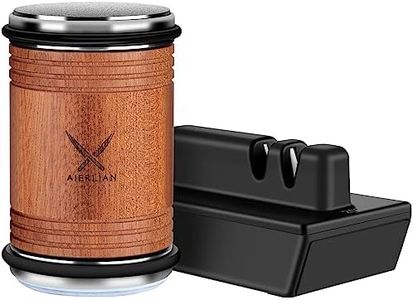
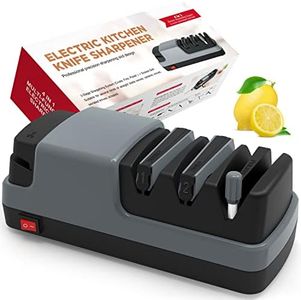
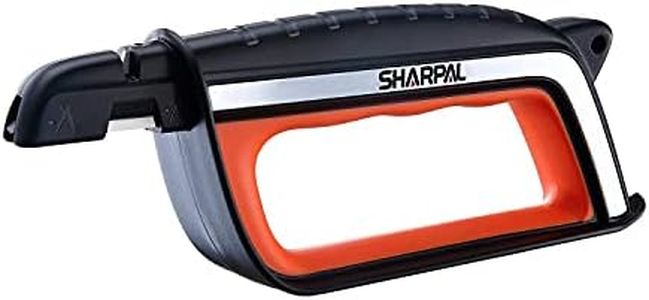
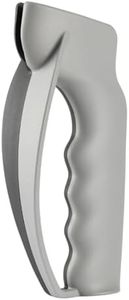
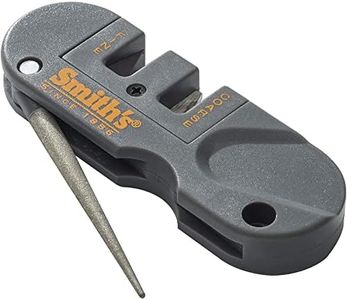
![Longzon 4-in-1 Knife Sharpener [4 Stage] with a Pair of Cut-Resistant Glove, Original Premium Polish Blades, Best Kitchen Knife Sharpener Really Works for Fruit Knife and Steel Knives, Scissors](https://images-proxy.bestreviews.guide/nw9BeYdUswTgLFkGdVnaU7Ir8KE=/0x300/https://m.media-amazon.com/images/I/41eHbsmOJaL._AC_CX679_.jpg)
